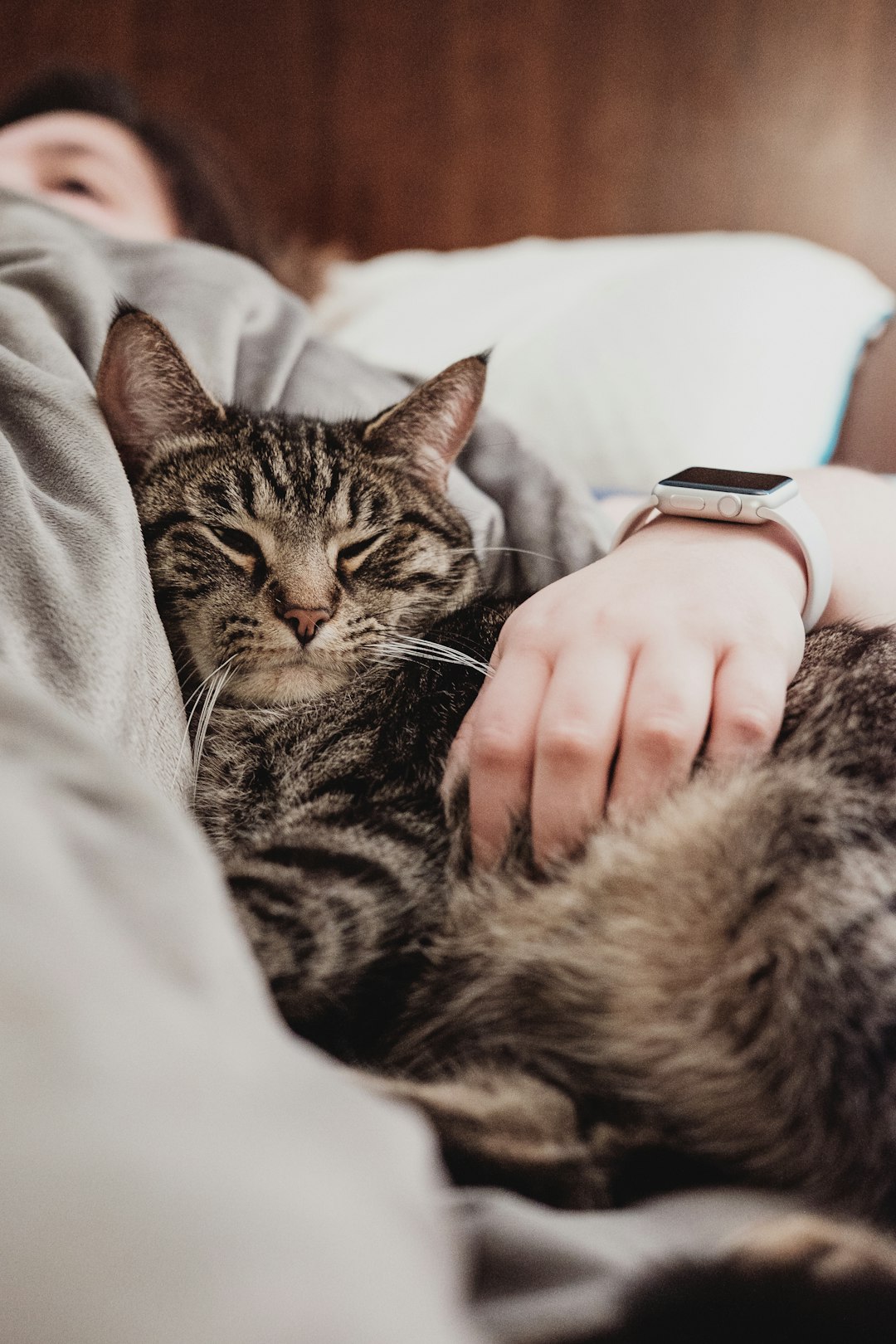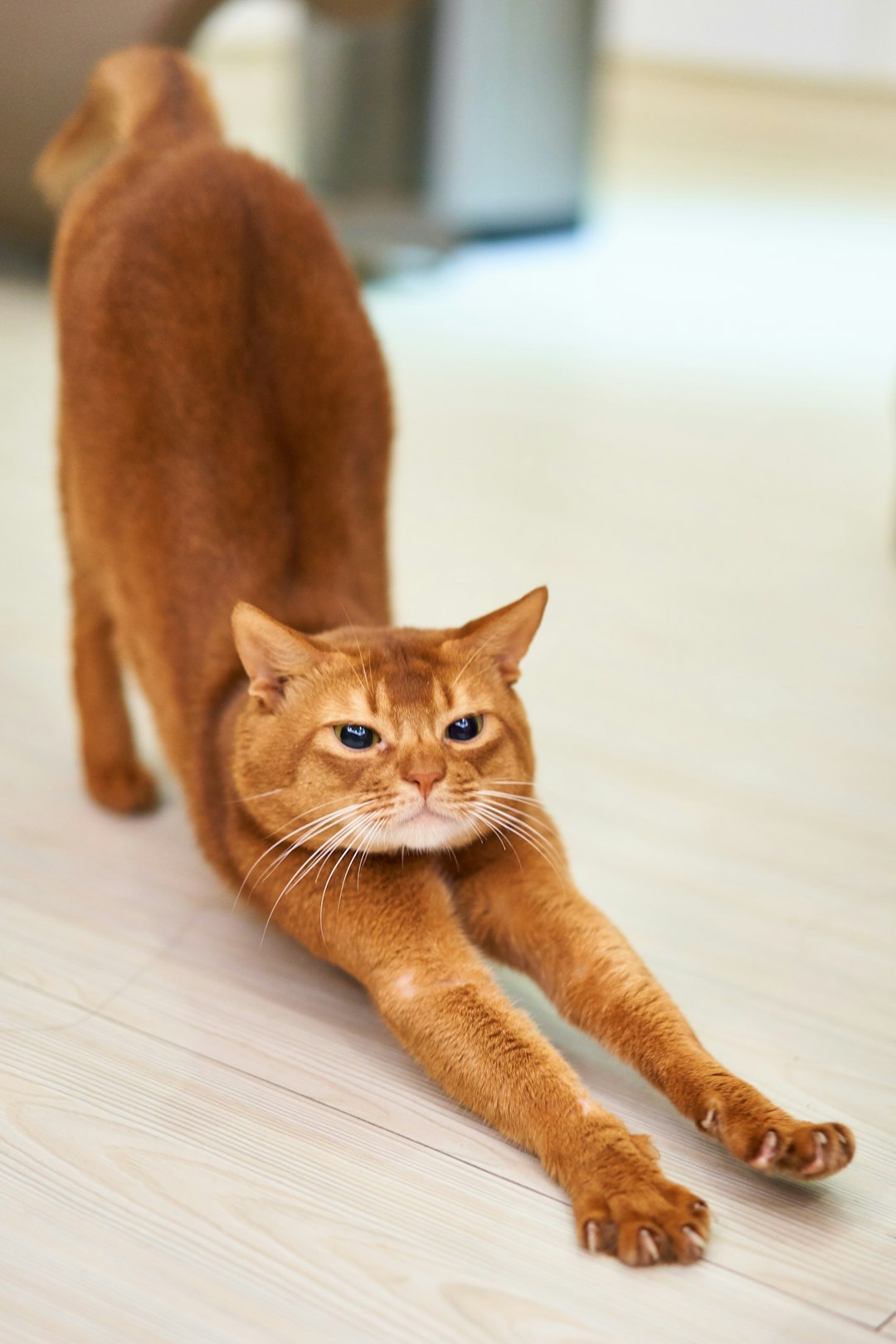Keeping your cat’s paws healthy is crucial for their overall well-being, and regular nail care plays a vital role in this. With the right cat nail clippers, you can easily maintain your furry friend’s paws, preventing discomfort and potential health issues. This guide will explore the significance of nail care, the various types of nail clippers available, and how to choose the best option for your precious pet. Moreover, we’ll provide a step-by-step approach to clipping your cat’s nails with ease, ensuring both you and your cat experience a stress-free grooming session.
Understanding the Importance of Nail Care for Cats
Nail care is a vital aspect of your cat’s overall health and well-being. Regularly trimming your cat’s nails can prevent various issues, such as:
- Injury Prevention: Overgrown nails can lead to painful injuries, both for your cat and your furniture.
- Hygiene Maintenance: Keeping nails short reduces the accumulation of dirt and bacteria, promoting better hygiene.
- Behavioral Improvement: Regular nail trimming can decrease scratching behaviors, making your kitty a better companion.
- Joint Health: Long nails can alter the way your cat walks, putting stress on their joints and potentially leading to long-term health issues.
Using the right cat nail clippers is essential for safe and effective grooming. There are different types available, including scissors, guillotine, and electric clippers, each providing unique benefits based on your cat’s habits.
Ultimately, understanding the importance of nail care ensures your furry friend stays comfortable, healthy, and happy. Regularly using cat nail clippers contributes to their well-being and fosters a closer bond between you and your pet.

Types of Cat Nail Clippers Available
When it comes to choosing the right cat nail clippers, understanding the various types available can make all the difference. Here’s a breakdown of the most common types:
Guillotine Clippers
- Features a hole for the nail and a blade that slides down to cut.
- Ideal for smaller nails and provides precision.
Scissor-style Clippers
- Resembles regular scissors with blades specifically designed for cat nails.
- Offers more control, suitable for thicker nails.
Electric Nail Grinders
- Utilizes a rotating sanding drum to gently file down the nail.
- Great for those who want to avoid cutting too short and reduce splitting.
Safety Nail Trimmers
- Comes with safety guards to prevent cutting nails too short.
- Excellent for first-time users or anxious cats.
Comparison Table:
| Type | Ideal For | Precision | Safety Feature |
|---|---|---|---|
| Guillotine Clippers | Small nails | High | No |
| Scissor-style | Thicker nails | Moderate | Optional |
| Electric Grinders | All sizes | Low | Yes |
| Safety Trimmers | Anxious cats | Moderate | Yes |
Each type of cat nail clipper offers unique benefits, so consider your cat’s size, temper, and nail thickness when selecting the perfect tool for their paw care.
How to Choose the Right Nail Clipper for Your Cat
Selecting the appropriate cat nail clippers is crucial for a safe and effective nail-trimming experience. Here are some essential factors to consider:
Type of Clipper: There are primarily two types to choose from:
- Scissor-style: Resembling regular scissors, these provide excellent control, making them suitable for larger cats.
- Guillotine-style: A circular blade cuts the nail as you push it through. This type is ideal for smaller breeds.
Size Matters: Ensure the clippers fit comfortably in your hand for better maneuverability. Larger grips can be cumbersome, while too-small ones may not provide sufficient leverage.
Material Quality: Look for cat nail clippers made from stainless steel for durability and sharpness. Worn-out blades can lead to a painful experience for your pet.
Safety Features: Some clippers come with safety guards to prevent cutting too short. This feature is beneficial for inexperienced groomers.
By considering these factors, you can select the best cat nail clippers to keep your feline’s paws healthy and happy.
Preparing Your Cat for Nail Clipping
Preparing your cat for nail clipping is crucial for a smooth experience. Here are some steps to ensure both you and your feline friend feel comfortable and relaxed:
Choose the Right Environment
- Select a quiet, well-lit space.
- Limit distractions from other pets or loud noises.
Familiarize Your Cat with the Clippers
- Let your cat sniff the cat nail clippers before the session.
- Place the clippers near their resting area for a few days so they get used to their presence.
Gather Your Supplies
- Have everything ready: cat nail clippers, treats, and a towel.
- Use the towel to wrap your cat securely if they tend to squirm.
Calm Your Cat
- Spend some quality time cuddling or playing.
- Offer treats to create a positive association with the process.
Schedule Wisely
- Choose a time when your cat is relaxed, like after a meal or a play session.
By following these steps, you’ll create a conducive atmosphere for trimming nails, making the use of cat nail clippers a stress-free experience for you and your cat.

Step-by-Step Guide to Clipping Your Cat’s Nails
Clipping your cat’s nails is essential for their well-being. Here’s a straightforward guide to help you through the process using cat nail clippers effectively and safely:
Gather Your Supplies:
- Quality cat nail clippers
- Treats for positive reinforcement
- A comfortable and quiet space
Get Your Cat Comfortable:
- Allow your cat to explore the cat nail clippers.
- Pet your cat to soothe them and create a calm environment.
Positioning:
- Place your cat on your lap or a flat surface.
- Hold one paw gently but securely, extending the nails.
Identify the Quick:
- Look for the pink area in the nail; avoid cutting this part as it contains nerves and blood vessels.
Clip with Care:
- Use the cat nail clippers to trim only the tip of the nail.
- If your cat resists, take breaks and reward with treats.
Repeat:
- Continue this process for each paw, remaining patient and calm.
By following these steps, you’ll help your cat feel more comfortable and ensure their nails remain healthy. Regular maintenance with the right cat nail clippers can make this a stress-free experience for both you and your feline friend.
Tips for Keeping Your Cat Calm During the Process
Clipping your cat’s nails doesn’t have to be a stressful experience. By implementing a few effective strategies, you can keep your furry friend calm and make the process smoother. Here are some helpful tips:
Create a Comfortable Environment: Choose a quiet space with minimal distractions. This can help keep your cat relaxed.
Use Treats as Incentives: Offer tasty treats before, during, and after using cat nail clippers. Positive reinforcement builds a positive association with nail clipping.
Familiarize Before Clipping: Allow your cat to investigate the cat nail clippers beforehand. Let them sniff and explore the tool to reduce anxiety.
Start Slow: If your cat is not accustomed to nail clipping, start with one paw at a time, and gradually increase the duration as they become more comfortable.
Incorporate Play: Engage your cat with their favorite toy before and after the trimming session to divert any pent-up energy.
By combining these tips, you can create a positive nail clipping routine, ensuring that your cat remains calm and cooperative when using cat nail clippers.
Common Mistakes to Avoid When Clipping Cat Nails
Clipping your cat’s nails can be a straightforward task if done correctly. However, it’s easy to make mistakes that could cause stress for both you and your feline friend. Here are some common pitfalls to avoid:
Ignoring the Right Tools: Always use cat nail clippers specifically designed for felines. Regular human nail clippers can cause splintering and discomfort.
Clipping Too Much: Be careful not to cut into the quick (the pink area in the nail). This painful mistake can lead to bleeding and fear of future clippings.
Neglecting to Prepare Your Cat: Don’t assume your cat will calmly accept nail trimming. Spend time getting your cat used to handling its paws before starting.
Skimping on Time: Clipping all nails in one go can overwhelm your cat. Instead, clip a few nails at a time and take breaks.
Rushing Through it: Take your time. Hurrying can lead to mistakes and accidents.
By avoiding these common mistakes, you’ll ensure a smoother experience for both you and your cat during nail clipping sessions with cat nail clippers.

Maintaining Your Cat’s Nail Clippers for Longevity
Proper maintenance of cat nail clippers ensures they remain effective and safe for your feline friend. Here are key tips to keep in mind:
Clean Regularly: After each use, wipe down the blades with a soft cloth to remove fur and debris. For a deeper clean, use a mixture of mild soap and water, then dry thoroughly.
Oil the Blades: To prevent rust and maintain sharpness, apply a drop of machine oil on the blades every few months. This simple step extends the life of your cat nail clippers significantly.
Store Properly: Keep your clippers in a dry, cool place away from direct sunlight. Use a protective cover if available to prevent damage.
Inspect for Wear: Regularly check for any signs of wear or dullness. If the blades appear chipped or do not cut efficiently, it’s time for a replacement.
By following these maintenance practices, you can ensure that your cat nail clippers remain in excellent condition, making the nail trimming process smoother and safer for your beloved cat.
Frequently Asked Questions
What types of cat nail clippers are available, and which one should I choose for my cat?
There are several types of cat nail clippers available, including scissors, guillotine-style, and electric clippers. Scissors-type clippers are generally recommended for cats with thicker nails, as they provide precision and control. Guillotine-style clippers feature a small opening where the nail is placed, and the blade cuts when a handle is squeezed. Electric clippers are also an option, especially for nervous cats, as they can gradually grind down the nail without the risk of cutting too short. Ultimately, the best choice depends on your cat’s preferences and nail thickness.
How often should I trim my cat’s nails, and why is it important?
You should trim your cat’s nails every 2-4 weeks, depending on their activity level and whether they are indoor or outdoor cats. Regular nail trimming is essential to prevent overgrowth, which can lead to discomfort or painful injuries as the nails curl or break. Additionally, short nails help prevent damage to furniture and reduce the risk of scratches to humans and other pets, ensuring a healthier environment for everyone living in your home.
How can I make the nail clipping process easier for my cat?
To make nail clipping easier for your cat, start by familiarizing them with the clippers. Let them sniff the clippers and give them treats to create positive associations. Gradually increase your handling of their paws by gently pressing on their paw pads and enhancing comfort with short sessions that focus on one or two nails at a time. If your cat is particularly anxious, consider doing the clipping while they are in a calm state, such as after a play session or a nap. Patience and consistency are key.
What should I do if I accidentally cut my cat’s nail too short?
If you accidentally cut your cat’s nail too short and it begins to bleed, stay calm. First, apply gentle pressure to the nail to stop the bleeding. You can use a styptic powder to help clot the bleeding; simply dip the nail into the powder or apply it with a cotton swab. Once the bleeding has stopped, comfort your cat with soothing words and treats. Monitor the nail for proper healing and avoid trimming that particular nail for a while until it has fully recovered.



